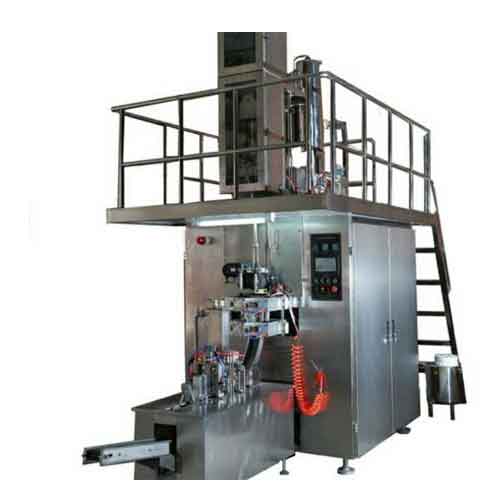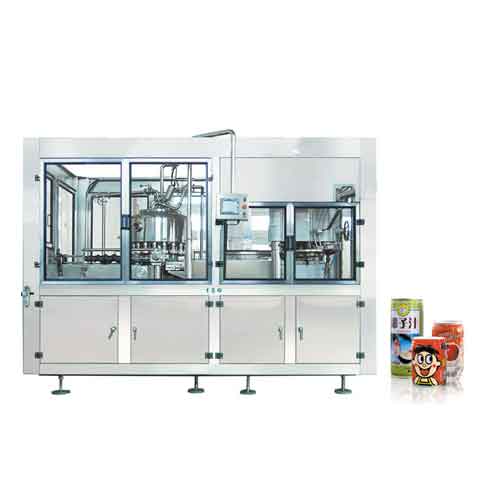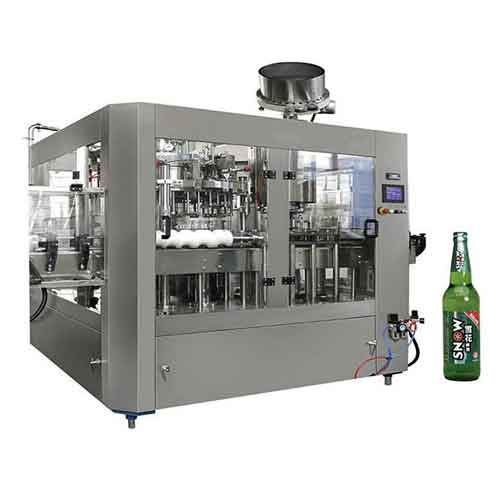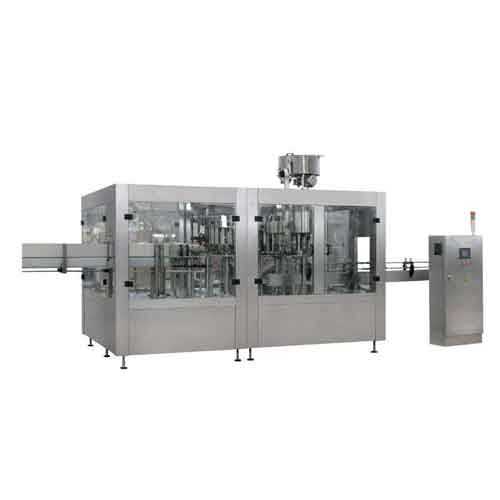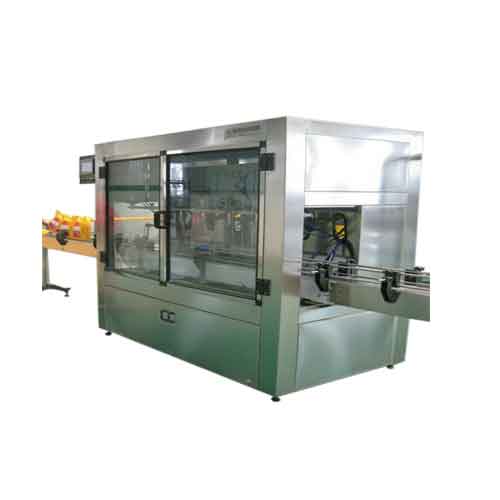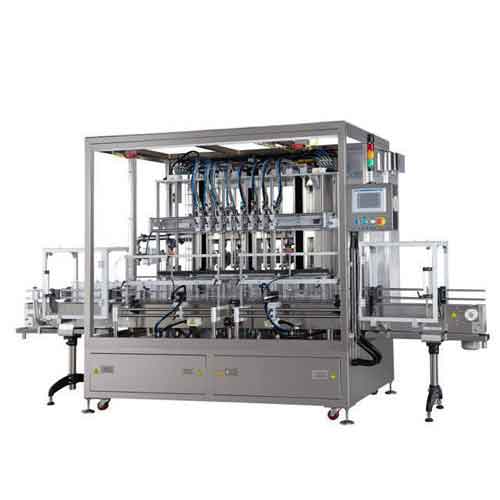In the production process of instant noodles, each process cannot be ignored, and the effectiveness of each process will affect the quality of the final product. So What are the factors that affect the dough mixing effect?
Firstly, let's once again understand what dough mixing is.
Dough mixing refers to mixing flour and water evenly for a certain period of time to form a wet dough with certain processing properties.
Basic Principle:
The flour is evenly mixed with water, and the gluten and gluten in the flour absorb water and expand, which are protected by a wet gluten network. After a certain gluten network is formed, stop beating quickly to prevent the already formed network from being interrupted. Start beating slowly to further expand and extend the gluten, thus forming a dough with good processing performance.
Process Requirements:
Good processing performance, flour fully and evenly absorbs water, with loose particles and uniform sizes, and a uniform flesh yellow color without any "raw powder".
Specific Operations:
Add additives to the flour and mix for 1 minute. Quickly and evenly add water, stir quickly for about 13 minutes, and then slowly stir for 3-4 minutes to form a dough with processing properties.
Influencing Factors:
1. Flour quality
The content of wet gluten in flour is required to be between 32-34%. Low wet gluten content or poor wet gluten quality can affect the formation of gluten networks, affecting the elasticity and extensibility of the dough, affecting the smoothness and thickness uniformity of the rolled dough, as well as the taste and oil content of the finished product.
In addition, the particles of flour also have an impact on the mixing effect of dough.
2. Water addition amount
The protein and starch in flour can only achieve good dough mixing effect by fully absorbing water. Usually, it is required to add about 30 kilograms of water to 100 kilograms of flour, and adjustments should be made according to the moisture content of the flour and protein during the operation. Adding as much water as possible without affecting tablet pressing and molding is beneficial for improving product quality.
3. Temperature of adding water and kneading dough
The water temperature and kneading temperature of the dough are too low, resulting in low kinetic energy of water molecules, slow absorption of protein and starch, and insufficient gluten formation. If the temperature is too high, it can easily cause protein denaturation, leading to a decrease in the amount of wet gluten. The optimal water absorption temperature for proteins is 30 ℃. When the room temperature is below 20 ℃, it is recommended to knead the dough with warm water.
4. Add salt
Adding dissolved salt appropriately when kneading dough not only enhances flavor, but also strengthens gluten and improves dough processing performance. At the same time, salt has the effect of preventing dough from souring. Usually: if the protein content is high, add more salt, otherwise add less; Add more salt in summer when the temperature is high, and less in winter.
5. Add soda ash
Adding an appropriate amount of edible alkali when kneading noodles can enhance gluten, but avoid adding too much.
6. Noodle kneading time
The length of kneading time has a significant impact on the kneading effect. Short time, uneven mixing, and insufficient gluten formation; Over time, the dough overheats, protein denatures, and the quantity and quality of gluten decrease. The general kneading time is not less than 15 minutes.
7.In addition, the stirring intensity of the kneading machine and the quality of water can both affect the kneading effect.
Our company has been engaged in food machinery customization services since its establishment in 2014, according to customer needs for you to tailor suitable machinery and equipment, for more product information, please refer to: https://www.hnunmachinery.com/product/;Our expertise and advantages will bring you more opportunities and development space.
For personalized, industry-tailored advice and to explore state-of-the-art solutions, please don't hesitate to contact us at jodie@unmachinery.com or info@unmachinery.com
The following are other knowledge related to instant noodle production that I have summarized based on long-term work experience, for your reference. I hope you don't take the wrong path.
1.How to design a fried instant noodle production line?
2.What are the factors affecting the awakening effect of instant noodle production?
3.What are the factors affecting the Calendering effect of instant noodles production?
4.What are the factors affecting the cutting and shaping of instant noodles production?
5.What are the factors affecting the frying effect of instant noodles production?
6.What are the factors affecting the steaming effect of instant noodles production?
7.Precautions for operating rolling equipment on instant noodle production line
8.How to determine whether the rolling effect of the rolling machine is qualified?
9.How should the rolling machine be adjusted when working to ensure product quality?
10.How to solve common faults of steaming machine?
11.How to do if the steamed noodles are half-cooked?
Firstly, let's once again understand what dough mixing is.
Dough mixing refers to mixing flour and water evenly for a certain period of time to form a wet dough with certain processing properties.
Basic Principle:
The flour is evenly mixed with water, and the gluten and gluten in the flour absorb water and expand, which are protected by a wet gluten network. After a certain gluten network is formed, stop beating quickly to prevent the already formed network from being interrupted. Start beating slowly to further expand and extend the gluten, thus forming a dough with good processing performance.
Process Requirements:
Good processing performance, flour fully and evenly absorbs water, with loose particles and uniform sizes, and a uniform flesh yellow color without any "raw powder".
Specific Operations:
Add additives to the flour and mix for 1 minute. Quickly and evenly add water, stir quickly for about 13 minutes, and then slowly stir for 3-4 minutes to form a dough with processing properties.
Influencing Factors:
1. Flour quality
The content of wet gluten in flour is required to be between 32-34%. Low wet gluten content or poor wet gluten quality can affect the formation of gluten networks, affecting the elasticity and extensibility of the dough, affecting the smoothness and thickness uniformity of the rolled dough, as well as the taste and oil content of the finished product.
In addition, the particles of flour also have an impact on the mixing effect of dough.
2. Water addition amount
The protein and starch in flour can only achieve good dough mixing effect by fully absorbing water. Usually, it is required to add about 30 kilograms of water to 100 kilograms of flour, and adjustments should be made according to the moisture content of the flour and protein during the operation. Adding as much water as possible without affecting tablet pressing and molding is beneficial for improving product quality.
3. Temperature of adding water and kneading dough
The water temperature and kneading temperature of the dough are too low, resulting in low kinetic energy of water molecules, slow absorption of protein and starch, and insufficient gluten formation. If the temperature is too high, it can easily cause protein denaturation, leading to a decrease in the amount of wet gluten. The optimal water absorption temperature for proteins is 30 ℃. When the room temperature is below 20 ℃, it is recommended to knead the dough with warm water.
4. Add salt
Adding dissolved salt appropriately when kneading dough not only enhances flavor, but also strengthens gluten and improves dough processing performance. At the same time, salt has the effect of preventing dough from souring. Usually: if the protein content is high, add more salt, otherwise add less; Add more salt in summer when the temperature is high, and less in winter.
5. Add soda ash
Adding an appropriate amount of edible alkali when kneading noodles can enhance gluten, but avoid adding too much.
6. Noodle kneading time
The length of kneading time has a significant impact on the kneading effect. Short time, uneven mixing, and insufficient gluten formation; Over time, the dough overheats, protein denatures, and the quantity and quality of gluten decrease. The general kneading time is not less than 15 minutes.
7.In addition, the stirring intensity of the kneading machine and the quality of water can both affect the kneading effect.
Our company has been engaged in food machinery customization services since its establishment in 2014, according to customer needs for you to tailor suitable machinery and equipment, for more product information, please refer to: https://www.hnunmachinery.com/product/;Our expertise and advantages will bring you more opportunities and development space.
For personalized, industry-tailored advice and to explore state-of-the-art solutions, please don't hesitate to contact us at jodie@unmachinery.com or info@unmachinery.com
The following are other knowledge related to instant noodle production that I have summarized based on long-term work experience, for your reference. I hope you don't take the wrong path.
1.How to design a fried instant noodle production line?
2.What are the factors affecting the awakening effect of instant noodle production?
3.What are the factors affecting the Calendering effect of instant noodles production?
4.What are the factors affecting the cutting and shaping of instant noodles production?
5.What are the factors affecting the frying effect of instant noodles production?
6.What are the factors affecting the steaming effect of instant noodles production?
7.Precautions for operating rolling equipment on instant noodle production line
8.How to determine whether the rolling effect of the rolling machine is qualified?
9.How should the rolling machine be adjusted when working to ensure product quality?
10.How to solve common faults of steaming machine?
11.How to do if the steamed noodles are half-cooked?

